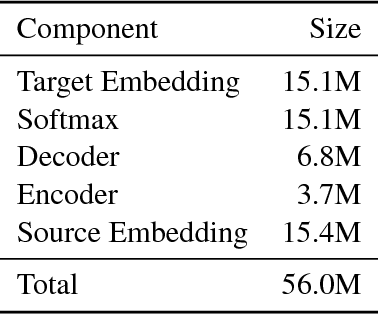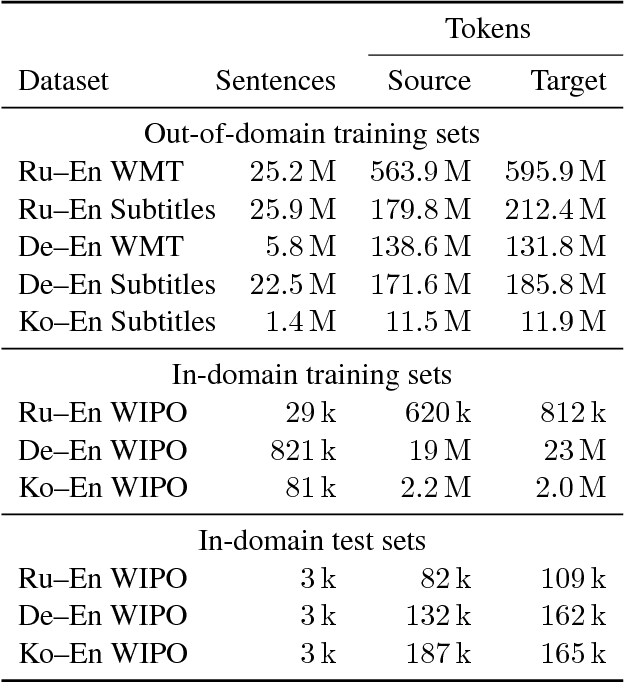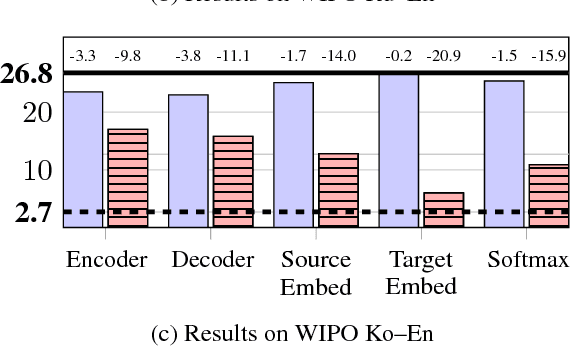Arya McCarthy
The SIGMORPHON 2020 Shared Task on Unsupervised Morphological Paradigm Completion
May 28, 2020



Abstract:In this paper, we describe the findings of the SIGMORPHON 2020 shared task on unsupervised morphological paradigm completion (SIGMORPHON 2020 Task 2), a novel task in the field of inflectional morphology. Participants were asked to submit systems which take raw text and a list of lemmas as input, and output all inflected forms, i.e., the entire morphological paradigm, of each lemma. In order to simulate a realistic use case, we first released data for 5 development languages. However, systems were officially evaluated on 9 surprise languages, which were only revealed a few days before the submission deadline. We provided a modular baseline system, which is a pipeline of 4 components. 3 teams submitted a total of 7 systems, but, surprisingly, none of the submitted systems was able to improve over the baseline on average over all 9 test languages. Only on 3 languages did a submitted system obtain the best results. This shows that unsupervised morphological paradigm completion is still largely unsolved. We present an analysis here, so that this shared task will ground further research on the topic.
Freezing Subnetworks to Analyze Domain Adaptation in Neural Machine Translation
Sep 14, 2018



Abstract:To better understand the effectiveness of continued training, we analyze the major components of a neural machine translation system (the encoder, decoder, and each embedding space) and consider each component's contribution to, and capacity for, domain adaptation. We find that freezing any single component during continued training has minimal impact on performance, and that performance is surprisingly good when a single component is adapted while holding the rest of the model fixed. We also find that continued training does not move the model very far from the out-of-domain model, compared to a sensitivity analysis metric, suggesting that the out-of-domain model can provide a good generic initialization for the new domain.
 Add to Chrome
Add to Chrome Add to Firefox
Add to Firefox Add to Edge
Add to Edge